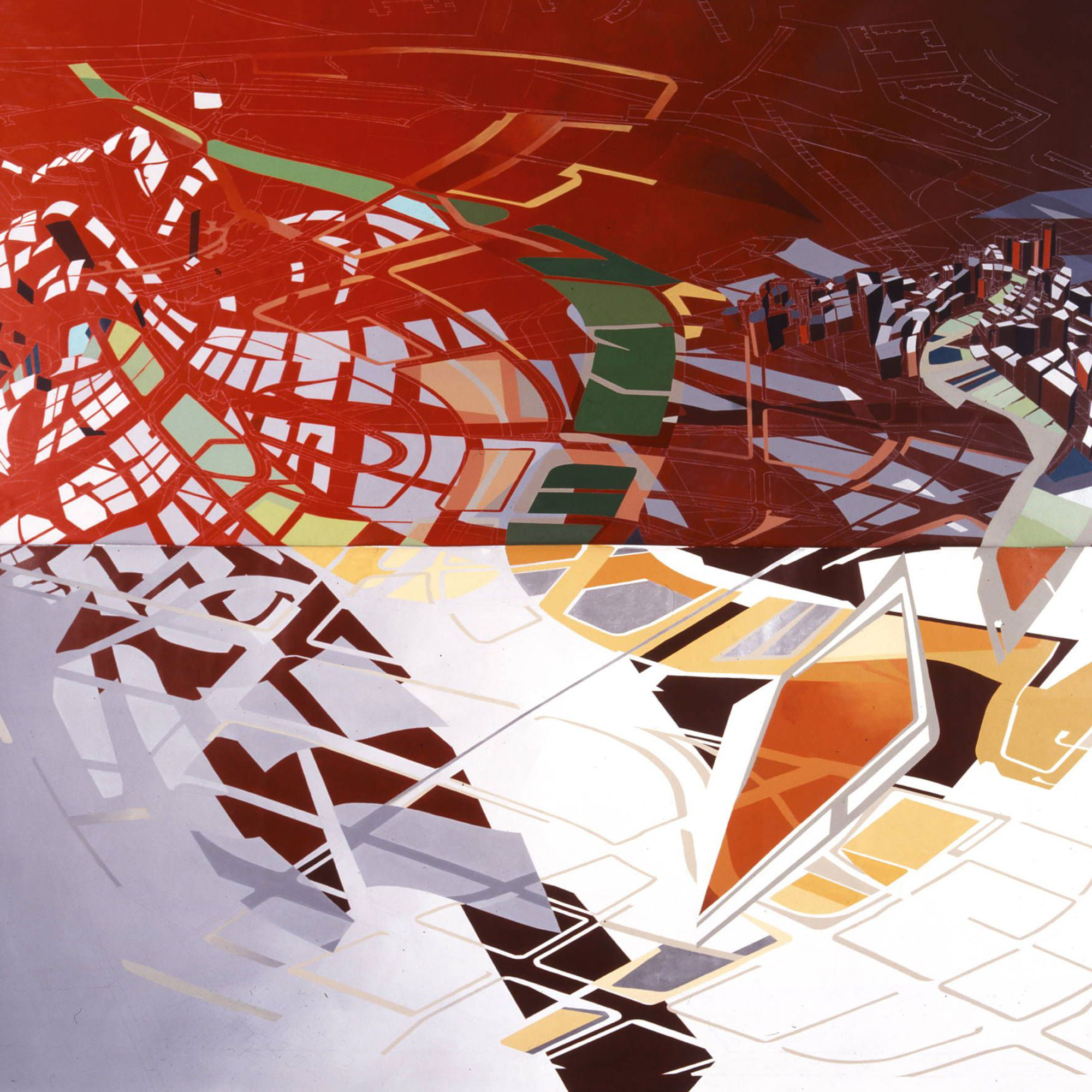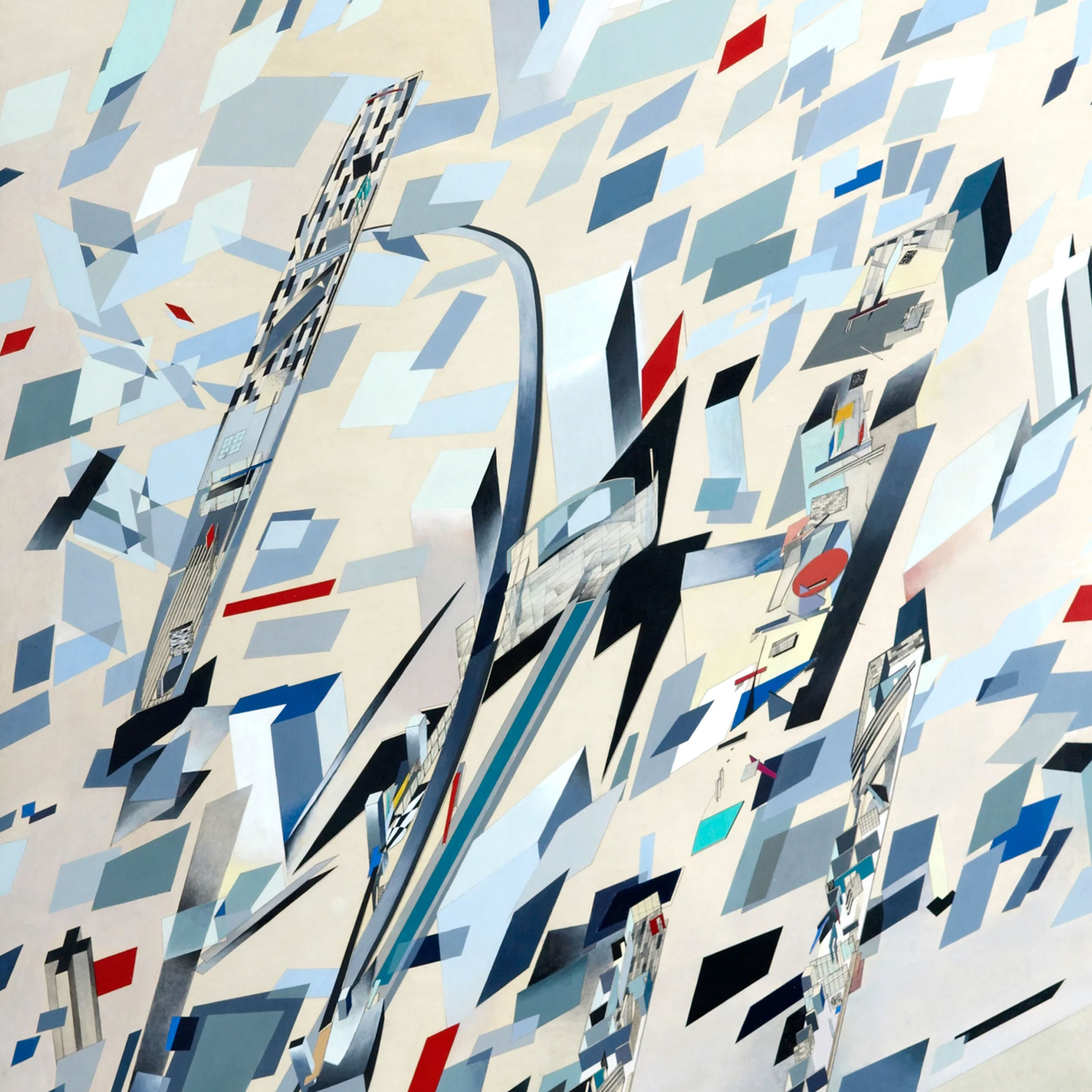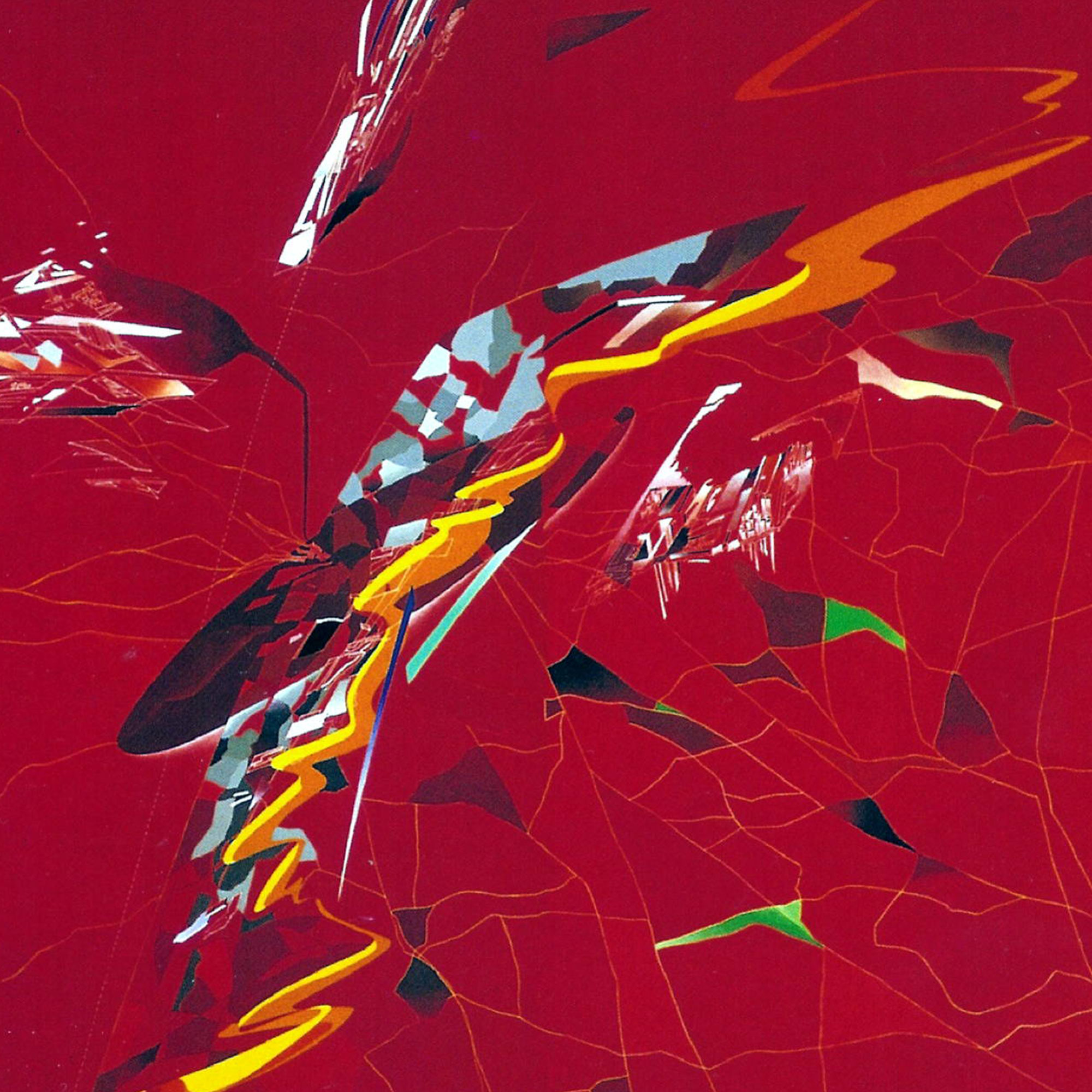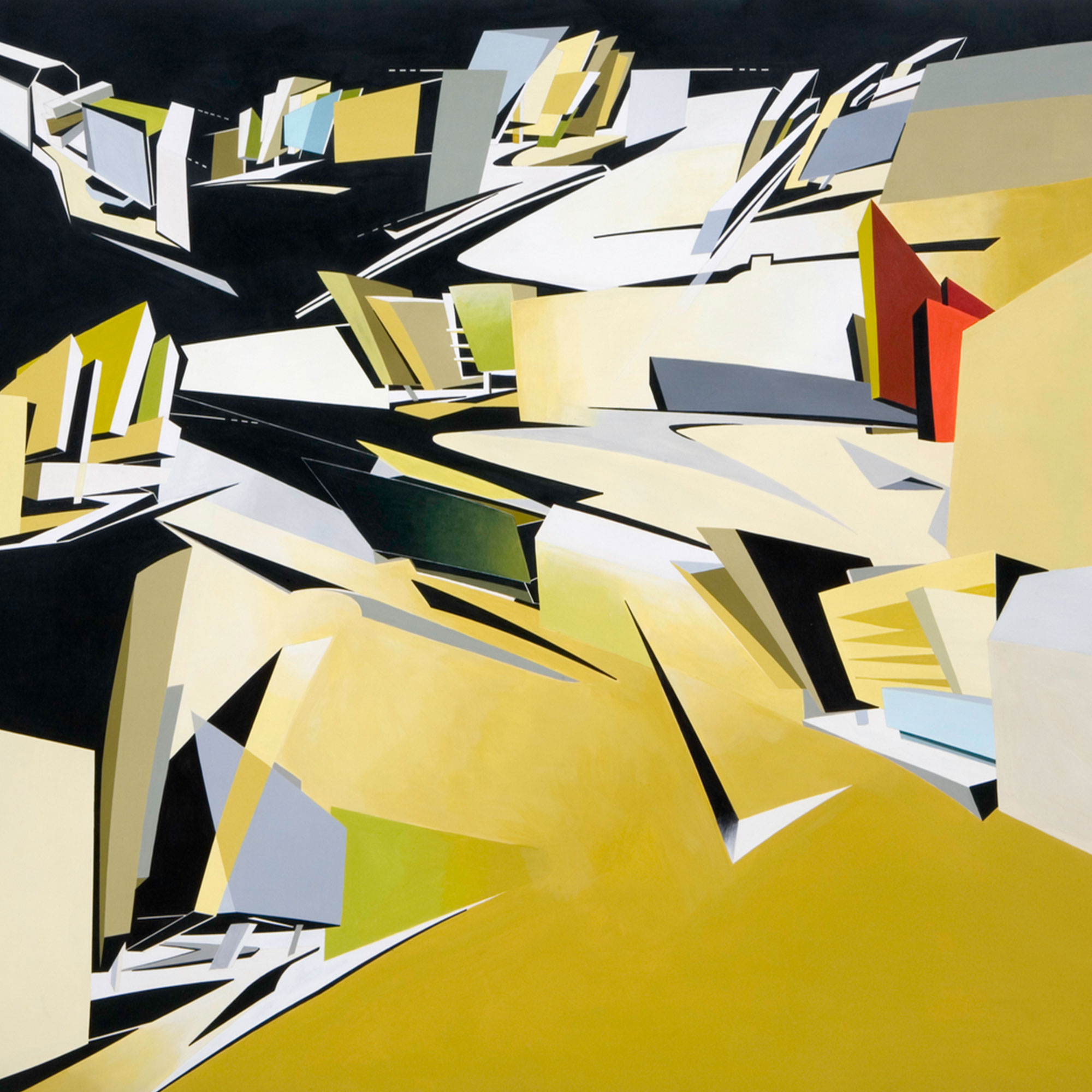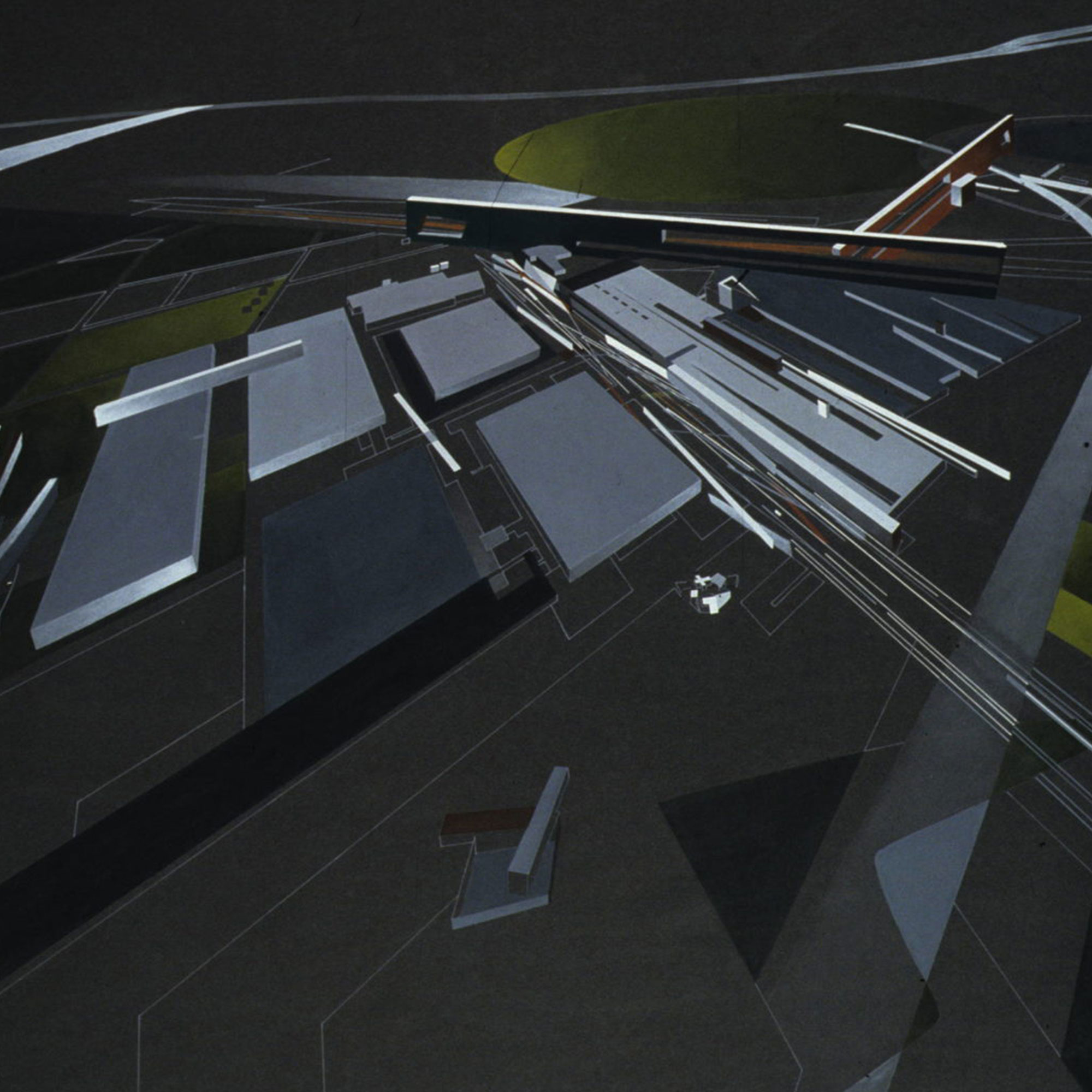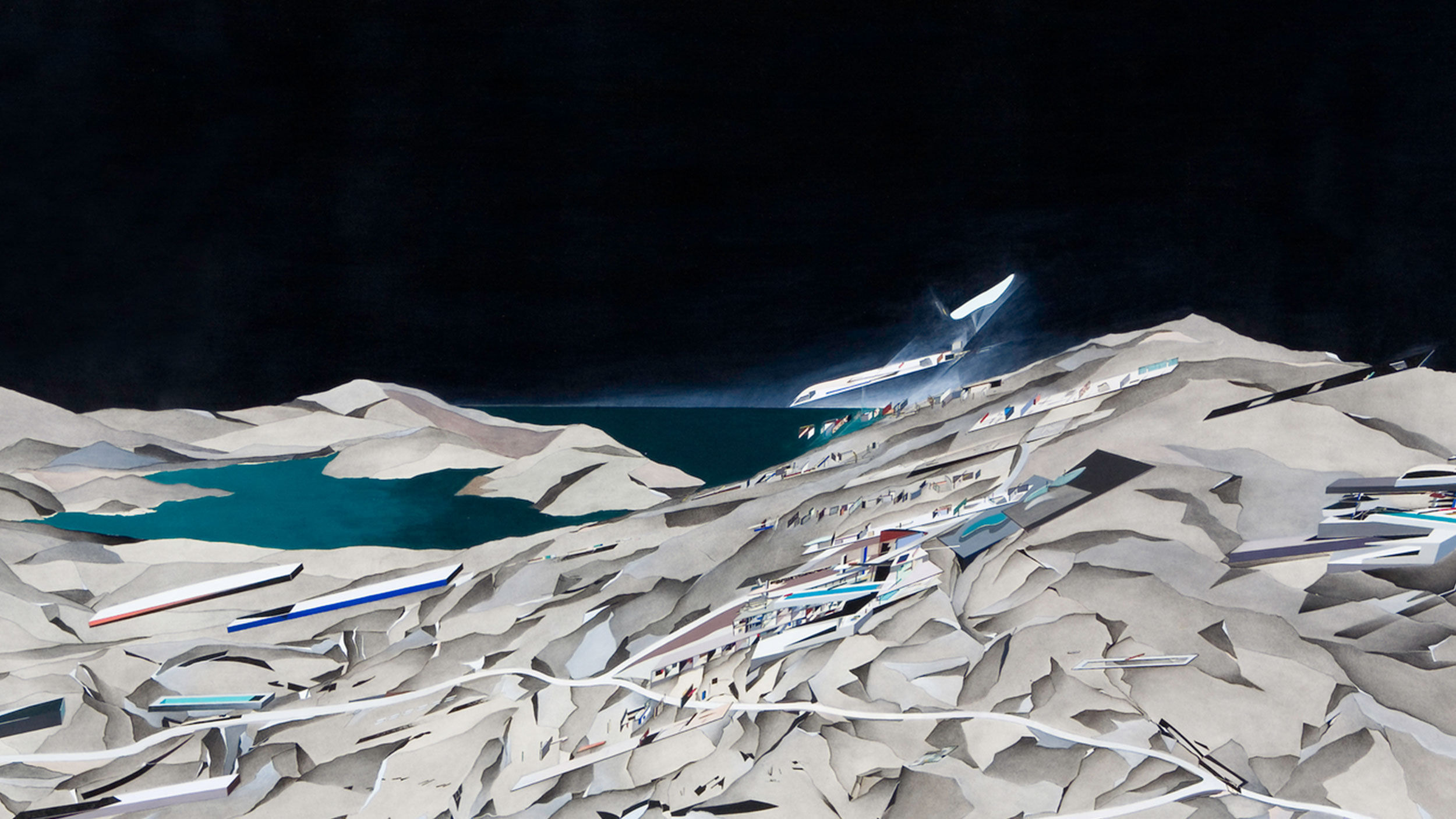Zaha Hadid Architectural Paintings
Painting and drawing as design tools
Architecture is an imaginative art form, bound by the constraints of the project brief, technical specifications, and environmental considerations. Each project presents a multitude of obstacles that need to be addressed, offering designers a plethora of options for problem-solving. Historically, many architects have employed painting as a means to investigate these options. In the context of architectural design, painting serves as a ‘generative medium’. The term ‘generative’ here implies a tool or medium that can shape and influence the thinking of an architect.
A crucial aspect of understanding painting as a generative process is understanding the role of abstraction. Paintings possess an inherently ambiguous and unrestricted character, as their representations are not exact, fostering interpretation through abstraction and imagination. This notion of abstraction is not just vital in painting but also in the entire architectural design process. Architects engage in a form of abstraction from reality, both out of necessity and choice. Unlike sculptors, architects do not work directly on the final product, making it often unfeasible to be fully involved in the design and construction of actual architectural structures. In the final phase of design, the outcome is the creation of representations of architectural concepts through drawings, models, and texts. These representations do not directly correspond to any tangible reality and what they aim to depict can only be envisioned in the mind.
To gain a comprehensive understanding of architectural paintings, it’s essential to also examine drawing and sketching and to distinguish between these three artistic forms. Painting involves the application of color using a wet medium, such as paint, to a solid surface like paper or canvas. Paintings typically feature a variety of colors and emphasize both color and form. Drawing, in contrast, is the art of depicting objects or designs through lines and shading, typically executed with a dry medium. Sketching can employ both wet and dry media and is often a preliminary process, producing studies that serve as references for further drawing and painting.
The rationale for delving into drawing and sketching in this research is two-pronged. First, painting as a tool can be restrictive, and broader possibilities may be uncovered through different types of exploration. Second, the painting process is time-consuming, and architects and artists frequently resort to sketching and drawing beforehand to experiment with various compositions and color schemes. Thus, drawing and sketching are integral to the painting process. Moreover, the cognitive process involved in creating drawings and sketches, termed ’embodied thinking’, mirrors that of painting. The distinction among these three media will be further investigated in this study.
The role of painting in Hadid’s work
During the initial twenty years of her career, Zaha Hadid devoted herself mainly to exploring architecture through paintings. She found traditional architectural drawings to be limiting and turned to studying painters from the Russian avant-garde of the 1910s. This exploration was part of her quest for innovative representation methods, leading her to develop a unique style of abstract composition as a tool for investigation. By embracing radical simplification in form, Hadid successfully challenged prevailing architectural norms broke away from the dominant orthogonal grid of that era, and liberated her creative thought process.
During the initial twenty years of her career, Zaha Hadid devoted herself mainly to exploring architecture through paintings. She found traditional architectural drawings to be limiting and turned to studying painters from the Russian avant-garde of the 1910s. This exploration was part of her quest for innovative representation methods, leading her to develop a unique style of abstract composition as a tool for investigation. By embracing radical simplification in form, Hadid successfully challenged prevailing architectural norms broke away from the dominant orthogonal grid of that era, and liberated her creative thought process.

